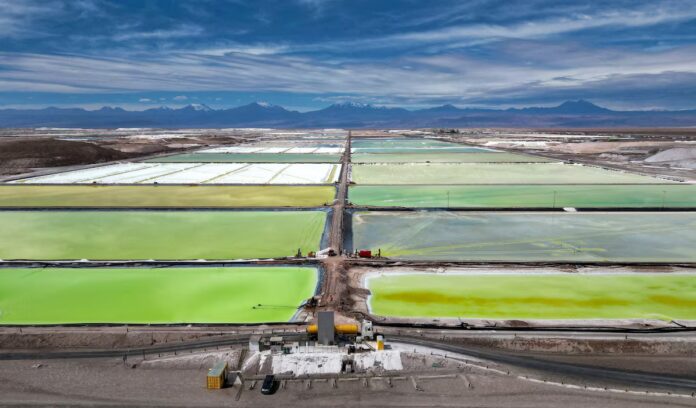An ongoing slide in lithium prices even as demand for the battery metal continues to climb is a frustrating “paradox” not likely to be resolved before at least 2030, the world’s largest producers told a major industry conference this week.
Once a niche metal used primarily in greases, ceramics and pharmaceuticals, lithium’s use in electric vehicles, large-scale battery storage and other electronic applications has grown rapidly, with demand up 24% last year and likely to grow 12% annually for the next decade, according to data from consultancy Fastmarkets.
Oversupply from China, however, has dragged prices down more than 90% in the past two years, fueling layoffs, corporate buyouts and project delays across the globe.
“We’ve got market pain, but on the other side is the strategic gain. That is the lithium paradox,” Dale Henderson, CEO of Australian lithium miner Pilbara Minerals, told the Fastmarkets Lithium and Battery Raw Materials Conference in Las Vegas.
One long-time conference attendee described the mood at this year’s conference using the stages of grief as a metaphor. Last year’s conference reflected denial, with the sentiment in 2025 one of acceptance, he said.
Despite the price drop, attendance at the conference – considered the world’s largest annual gathering of lithium investors, executives and consumers – fell only 9% from last year to roughly 1,000, according to organizers.
“It’s quite hard to imagine a future where lithium doesn’t play a central role in the global economy,” said Paul Lusty, head of battery raw materials research at Fastmarkets.
Chinese miners have stockpiled supply that likely will only come down later this decade and lessen the market imbalance, he added.
Others have seen an even longer timeframe. Project Blue, another minerals consultancy, does not expect lithium demand to exceed supply until 2033 at the earliest.
Much of the conference side chatter focused on efforts to curb spending, with various lithium projects – especially direct lithium extraction (DLE) projects – touting efforts to lower costs.
“The issues with lithium are which mines can produce the highest quality product at the lowest cost,” said Ken Hoffman, a commodity strategist with mining investment bank Red Cloud Securities.
EnergyX, a DLE developer backed by General Motors, unveiled a study showing it could produce the metal in northern Chile with operating costs below $3,000 per metric ton. The estimates are preliminary, but underscore the industry’s push to spend less.
Adding to the market tension, SQM – the world’s second-largest lithium producer – laid off 5% of its workforce this week.
“We do have other factors impacting the behavior of the market participants than just pure economics,” Andres Fontannaz, commercial vice president of SQM’s international lithium division, told the conference, a reference to how electric vehicles have become a political target in some countries.
The tension is even higher for lithium projects under construction and hoping prices rise by the time they open.




